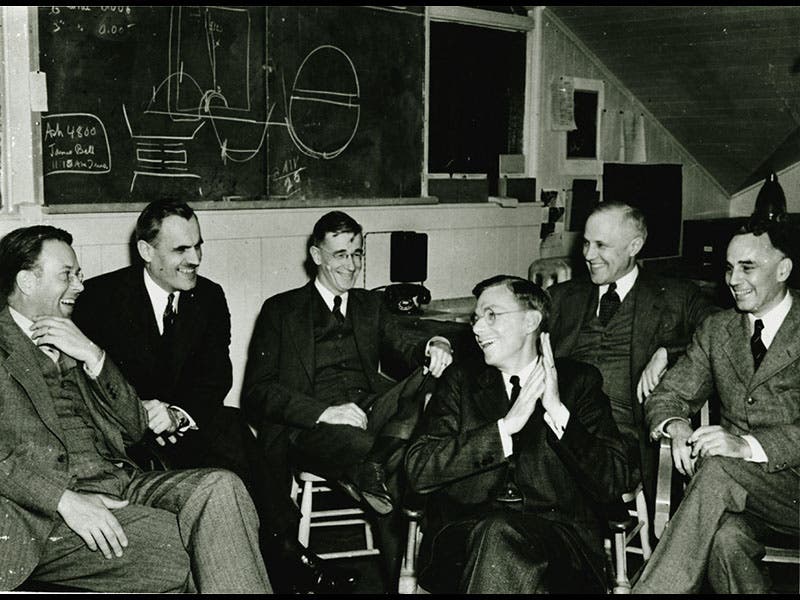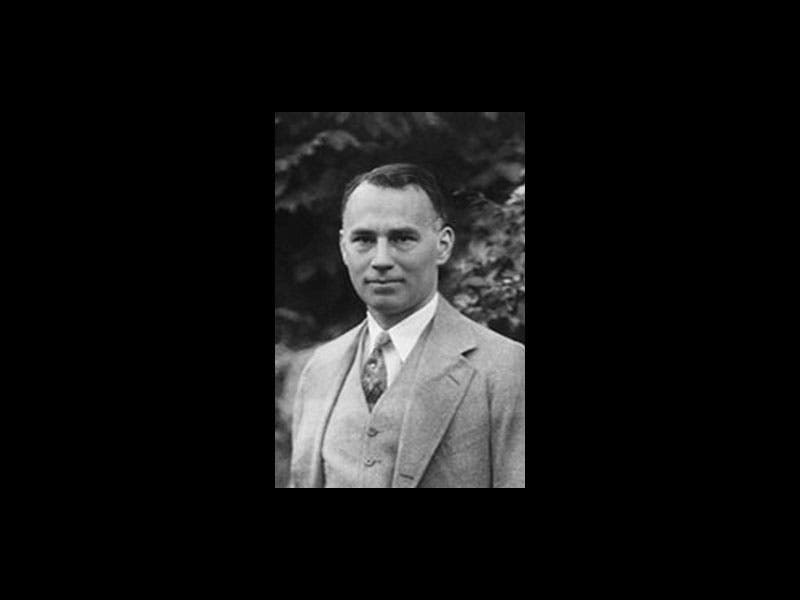Scientist of the Day - Alfred Lee Loomis
Alfred Lee Loomis, an American financier, physicist, and philanthropist, was born Nov. 4, 1887. Loomis made quite a fortune in the 1920s as an investment banker, but he was also a keen scientist, setting up his own private laboratory on his estate in Tuxedo Park, New York. With the outbreak of World War II, two U.S. projects were given high priority: the development of an atomic bomb (code name: Manhattan Project), and the invention of a useable on-board aircraft radar system (code name: Radiation Laboratory, or Rad Lab). Loomis, because of his experience with microwave transmission systems, and because he was willing to provide the bulk of the funding, was placed in charge of the Rad Lab project, based at MIT, where Loomis had moved his private laboratory during the War. Rad Lab was successful, and it has often been observed that while the Manhattan Project ended the war, it was the Rad Lab project that won it. Luis Alvarez, a Nobel-prize winning physicist who worked at both MIT and Los Alamos during the war, gave full credit to Loomis for the successful development of onboard radar.
The first photograph above, taken in 1940, captures six of the key figures in war-time American science at a lighter moment. Loomis is at the far right; the other individuals are, from left to right, E.O. Lawrence, Arthur Holly Compton, Vannevar Bush, James B. Conant, and Karl Compton. The other photos show: Loomis alone; one of the lab rooms at Rad Lab during the War; and the plaque at MIT that commemorates the work of Loomis and his staff.
Dr. William B. Ashworth, Jr., Consultant for the History of Science, Linda Hall Library and Associate Professor, Department of History, University of Missouri-Kansas City. Comments or corrections are welcome; please direct to ashworthw@umkc.edu.










